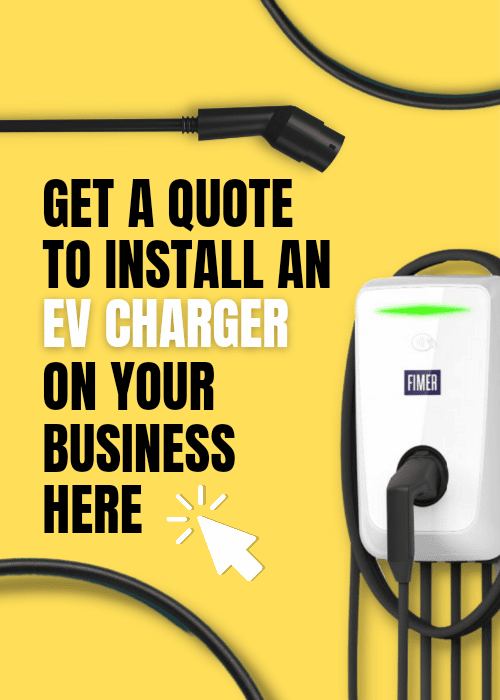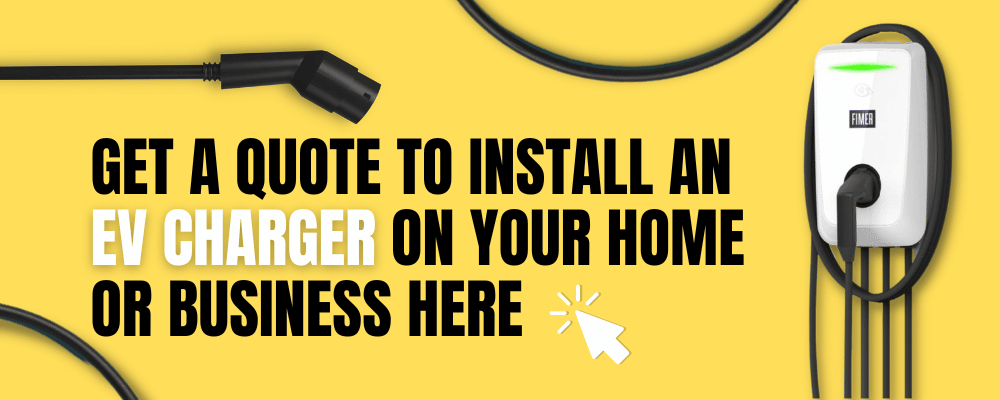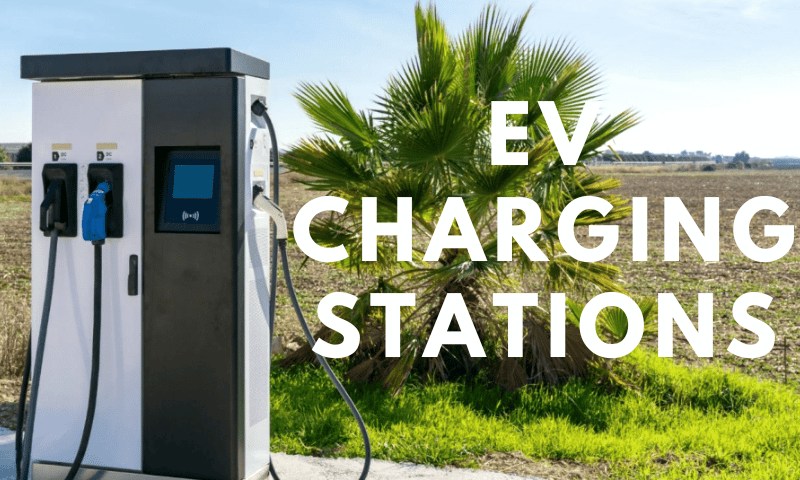
On This Page
Electric vehicles (EVs) have become increasingly popular in recent years as more and more people become aware of the benefits of electric cars, such as reduced emissions and lower operating costs. However, one of the biggest challenges EV drivers face is finding a convenient and reliable way to charge their vehicles while on the road.
Fortunately, the number of EV charging stations in Australia has been rapidly increasing in recent years, making it easier for EV drivers to travel long distances without worrying about running out of battery power. In this article, we will explore how EV charging stations will work in Australia.
For those interested in holistic energy solutions, including solar integration, consulting with Energy Matters can offer valuable insights. Consider reaching out for free solar quotes to seamlessly align your sustainability goals with the expanding infrastructure supporting clean and efficient energy alternatives.
What do EVSE and chargers do?
The hardware that delivers energy from an electrical source to charge an EV battery is an electric vehicle supply equipment (EVSE). It sits outside the car or as part of a charging cable and is frequently referred to as the charging station. Power entering the car is changed from AC to DC by the charger. Faster EVSEs that run on DC power do not require an internal charger because the power is supplied to the battery directly and doesn’t need to be converted.
What are the different types of EV charging stations?
Different types of electric car recharge level station
When it comes to categorising EV chargers, there are different levels.
There are charging-level stations for electric cars, each with unique features and charging capabilities.
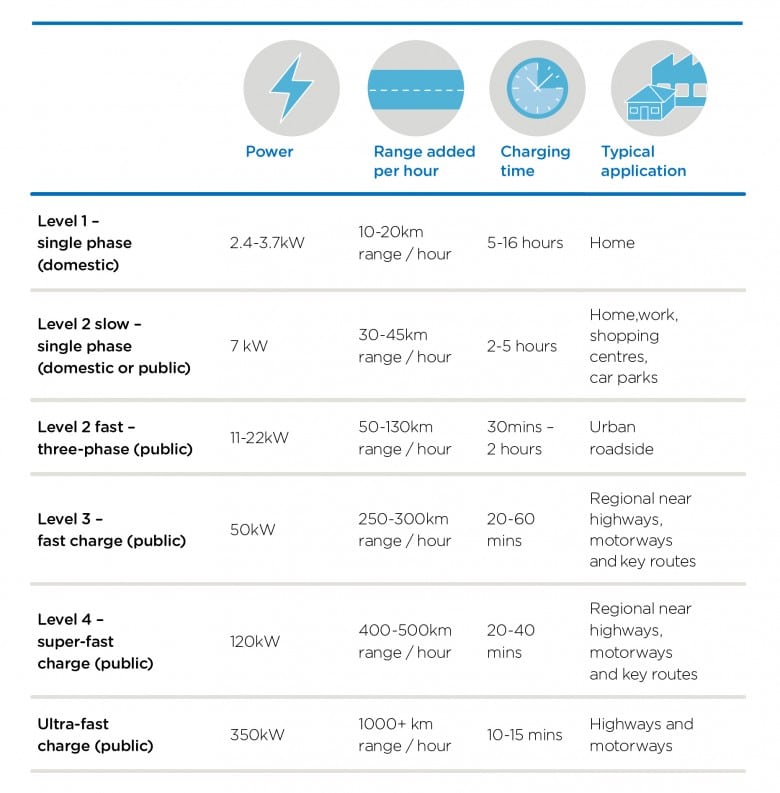
Level 1 low level AC charging stations
Level 1 charging stations are the simplest and most basic type of EV charging station. They provide a low-level AC charge to an EV’s battery, usually using a standard 10-15 amp household electrical outlet. However, the charging rate could be faster, taking several hours to charge an EV’s battery to the total capacity.
Level 2 higher level AC charging stations
Level 2 charging stations are more powerful than level 1 stations and can provide a higher level of AC charging to an EV’s battery. They typically use a 240-volt power supply and can provide a charging rate of up to 7.2 kW, which can charge an EV’s battery to full capacity in several hours.
Level 3 DC fast charging stations
Level 3 charging stations are also known as DC fast charging stations. They can provide a DC charge to an EV’s battery much faster than the AC charge provided by level 1 and 2 charging stations. Level 3 charging stations can provide a charging rate of up to 350 kW, which can charge an EV’s battery to 80% capacity in as little as 30 minutes.
In Australia, most public EV charging stations are level 2 charging stations, with a growing number of level 3 charging stations being installed in key locations such as major highways and city centres.
About 40 DC Superchargers are located around Australia, and more are on the way, thanks to Tesla’s network. Yet, despite being the fastest chargers in the world, Tesla vehicles are the only ones that can use them. Musk has promised to make them available to everyone so that he may do so at some point, but it has yet to happen.
What are the different types of EV port chargers?
Different types of electric car charging ports
Most automakers offer the typical 10-Amp connector (your ordinary home outlet) as a minimal charging option for EVs. There are several types of plugs worldwide due to the EV market’s youth and rapid evolution.
Type 1
This standard AC plug, also known as J1772 or SAE J1772, is used on pre-2019 Mitsubishi Outlander PHEVs in Australia as well as in North America and Japan.
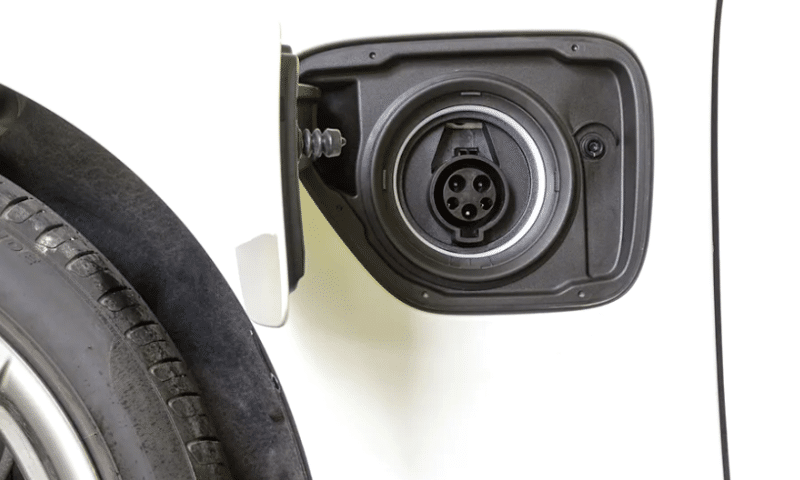
Type 2 (Mennekes/Tesla)
With five power pins to accommodate three-phase charging, the Type 2 connector has a seven-pin layout.
This port, also known as the IEC 62196 or Mennekes plug, is utilised by US and European EV manufacturers, including Tesla, and is the AC charging standard in Australia and Europe.
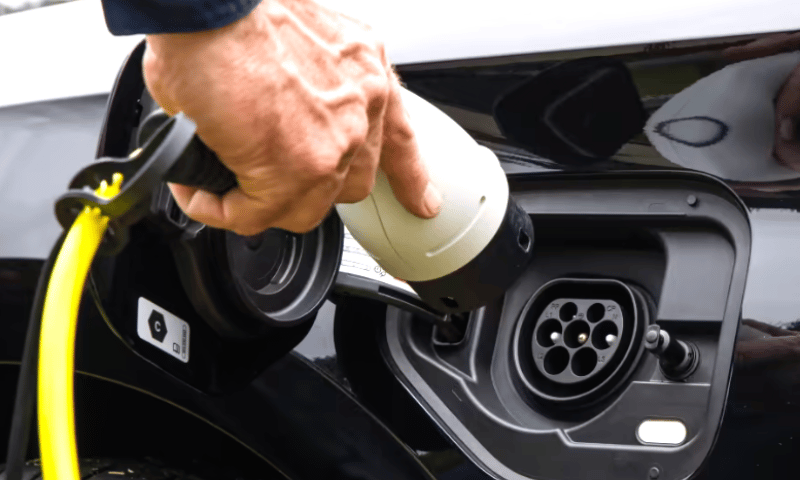
Combined charging system (CCS)
CCS, a term for Combined Charging System, applies to both AC and DC chargers. Because of its compatibility with Type 2 AC chargers and CCS DC quick chargers, this charging port is perfect for Australia. They can be retrofitted to older versions that only have Type 2 sockets and are becoming increasingly popular.
A CCS socket is almost found in multiple all-new pure electric vehicles.

Charge de Move (CHAdeMO)
This stands for Charge de Move, which is “move with charge” in French. Although Tesla models can use a CHAdeMO via an adaptor, it is the normal DC port on Japanese-built EVs and PHEVs such as the Nissan Leaf, Mitsubishi Eclipse-Cross PHEV, and Lexus UX300e. A Type 2 plug for AC charging is also found on most vehicles with CHAdeMO sockets.
Since Nissan, Mitsubishi, Toyota, Fuki, and Tokyo Electric Power Company developed CHAdeMO, Japanese automakers have been among the major users of the technology. The Nissan Leaf, Mitsubishi Outlander PHEV, Toyota Prius Plug-In, Tesla Model S (when equipped with an adapter), Nissan e-NV200, Kia Soul EV Mk1, Citroen Berlingo Electric Mk1, Citroen C-Zero, and the LEVC London Taxi are among the vehicles in the UK that can be rapidly charged with a CHAdeMO connector.
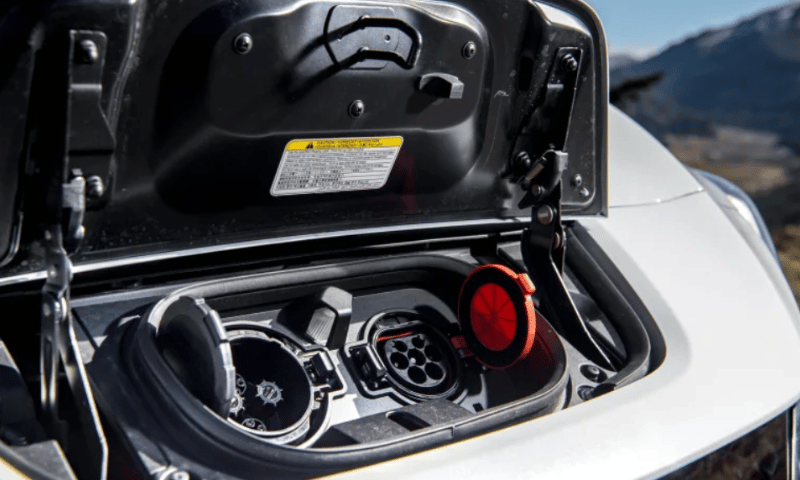
How Do EV Charging Stations Work?
EV charging stations work by supplying electricity to an EV’s battery using either AC or DC power. Charging an EV’s battery can be broken down into three main stages: connection, communication, and charging.
Connection: The first step in charging an EV at a charging station is to connect the EV to the charging station using a charging cable. The charging cable is plugged into the EV’s charging port, and the other end is plugged into the charging station’s socket.
Communication: Once the EV is connected to the charging station, the two devices communicate to establish the type of charge required and the available power. This communication is typically done using a standard communication protocol, such as the Open Charge Point Protocol (OCPP), used by many EV charging networks in Australia.
Charging: After the EV and charging station have established communication, the charging process can begin. The charging station sends an electric current to the EV’s battery, which charges the battery. The charging process can take anywhere from a few minutes to several hours, depending on the type of charging station and the size of the EV’s battery.
Electric car charging stations in Australia
Below is a basic breakdown of where chargers are located in Australia based on data collected in April 2022 (Source: CarsGuide).
NSW
93 DC chargers and 463 AC chargers for a combined total of 556 charging points (as you’d expect, the majority of these are in and around Sydney). As of the end of 2021, there are 10,026 battery-electric vehicles on the road in NSW, meaning there are only 0.05 charging stations per EV.
Victoria
67 DC chargers and 363 AC chargers for 430 charging points. The Victorian Government has announced a new program where all Victorian businesses can apply for a share of $1.5 million in grants to install EV-charging stations.
QLD
Has 63 DC chargers and 262 AC chargers for a combined total of 325 charging points. Queensland also has an “electric super highway” consisting of 31 fast-charging sites, allowing Queenslanders and tourists to travel from Coolangatta to Port Douglas confidently and from Brisbane to Toowoomba in EVs.
WA
Has 31 DC chargers and 202 AC chargers for 233 charging points. In 2022, the Western Australian government pledged to invest $22.6 million in new charging infrastructure across the state.
SA
14 DC chargers and 180 AC chargers total 194 charging points.
NT
2 DC chargers and 14 AC chargers for a total of 16 charging points. No, that’s not a lot.
ACT
5 DC chargers and 29 AC chargers for a total of 34 charging points.
Tasmania
18 DC chargers and 67 AC chargers for a combined total of 85 charging points.
Charging Networks in Australia
As electric vehicles (EVs) continue to gain popularity in Australia, the need for a reliable and widespread charging network becomes increasingly important. Fortunately, several charging networks have emerged in recent years, offering different types of charging stations and membership options to EV drivers across the country. In this article, we will take a closer look at the various charging networks in Australia and the services they offer.
Chargefox
Chargefox is one of the largest EV charging networks in Australia, with over 1,400 charging stations located across the country. Chargefox offers a range of charging options, including level 2 charging stations and DC fast charging stations (known as “Ultra-Rapid” chargers), which can charge an EV’s battery to 80% capacity in as little as 15 minutes. Chargefox also offers a mobile app that allows drivers to locate and navigate to the nearest charging station, view real-time charging status, and pay for charging sessions.
Membership with Chargefox is not required, but drivers who sign up for a free account can access discounted charging rates and other benefits. Chargefox also offers a pay-as-you-go option for non-members.
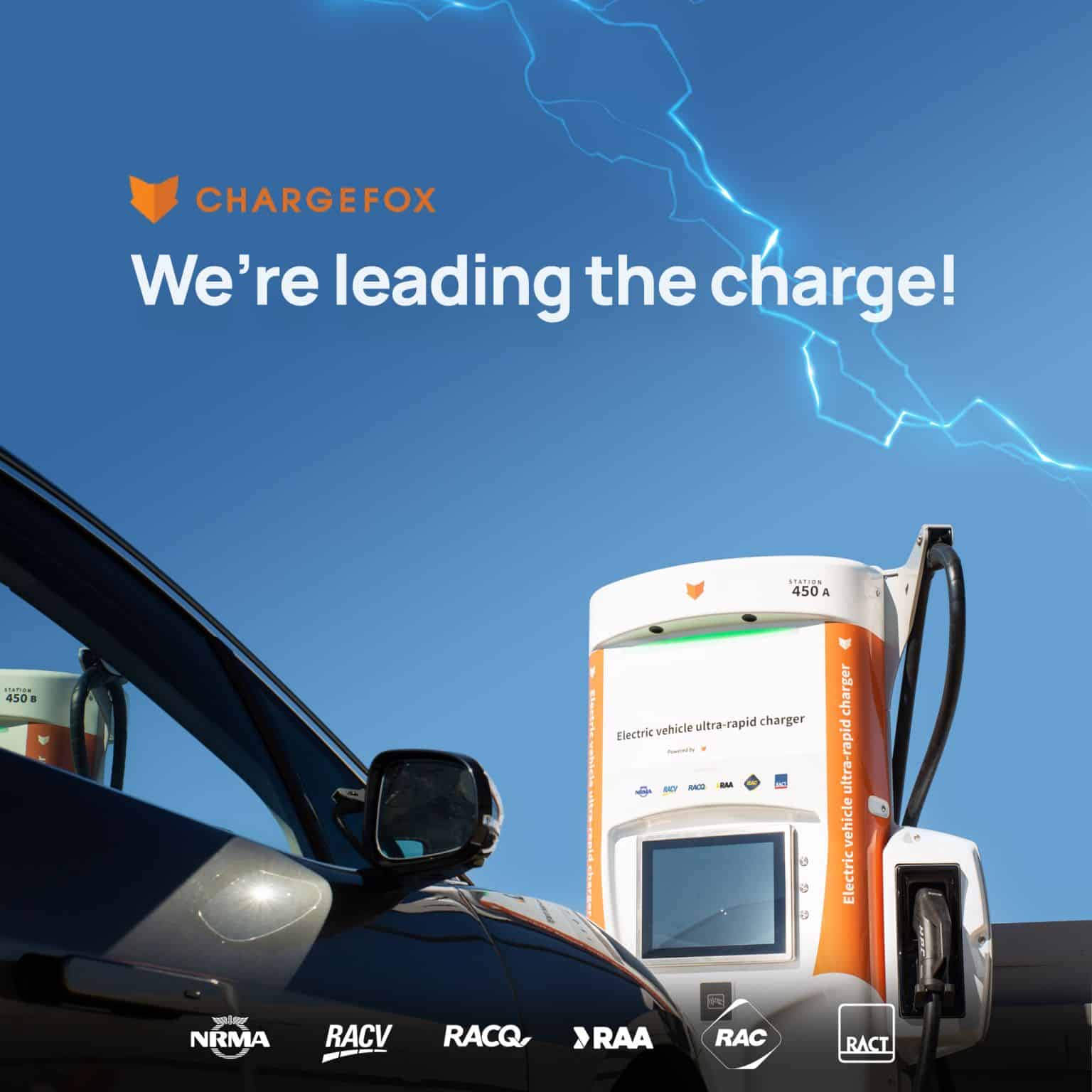
EVie Networks
EVie Networks is another large EV charging network in Australia, with over 1,200 charging stations located across the country. Like Chargefox, EVie Networks offers a range of charging options, including level 2 charging stations and DC fast charging stations. EVie Networks also offers a mobile app that allows drivers to locate and navigate to the nearest charging station, view real-time charging status, and pay for charging sessions.
Membership with EVie Networks is not required, but drivers who sign up for a free account can access discounted charging rates and other benefits. EVie Networks also offers a pay-as-you-go option for non-members.
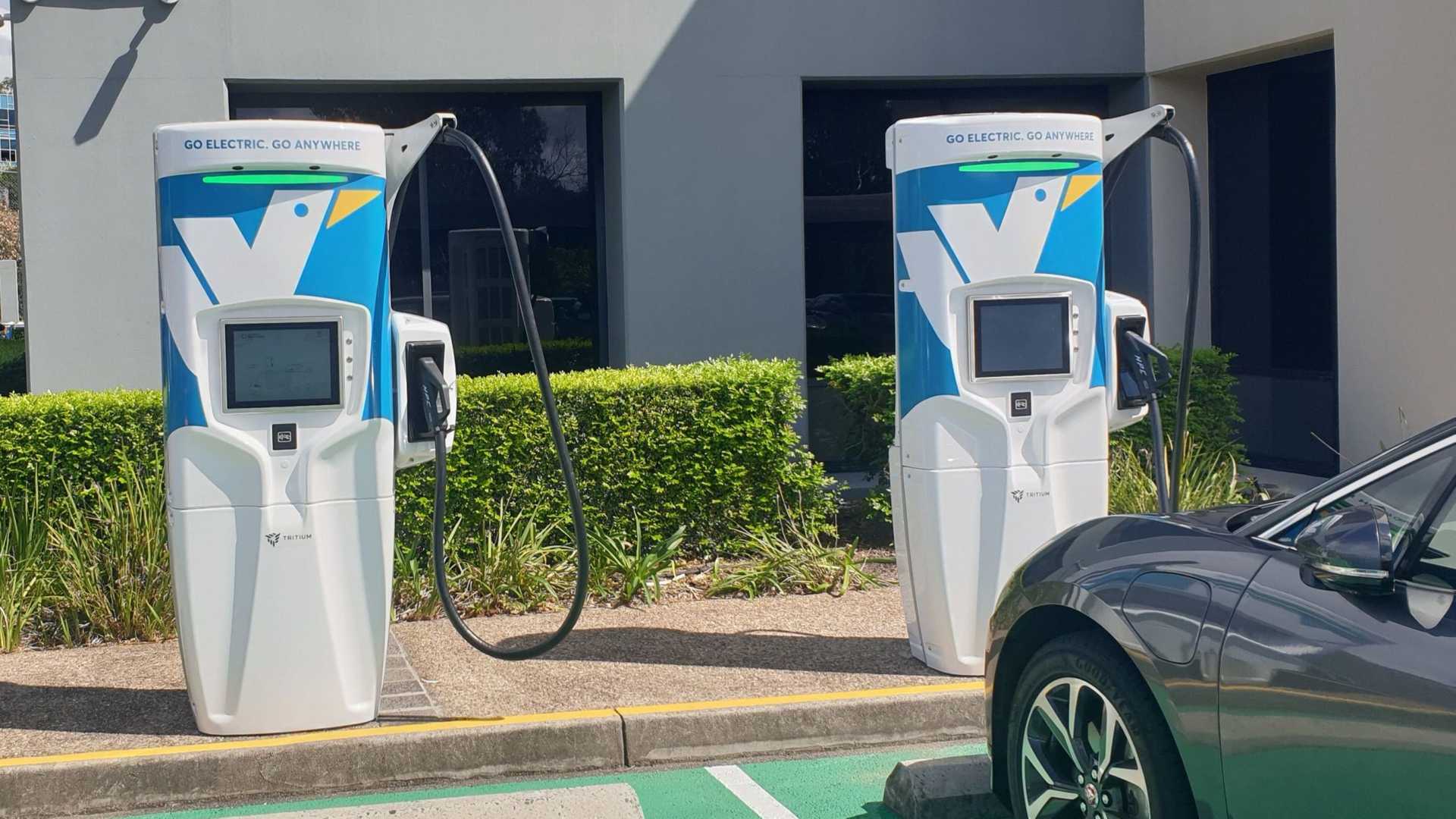
Electric Highways Tasmania
Electric Highways Tasmania is a charging network that provides charging stations for EVs in Tasmania. The network currently has 20 charging stations located throughout the state, with plans to expand to more locations in the future. The charging stations are all level 2 charging stations and are free to use for all EV drivers.
Electric Highway Tasmania also offers a mobile app that allows drivers to locate and navigate to the nearest charging station, view real-time charging status, and plan their trips with charging stops.
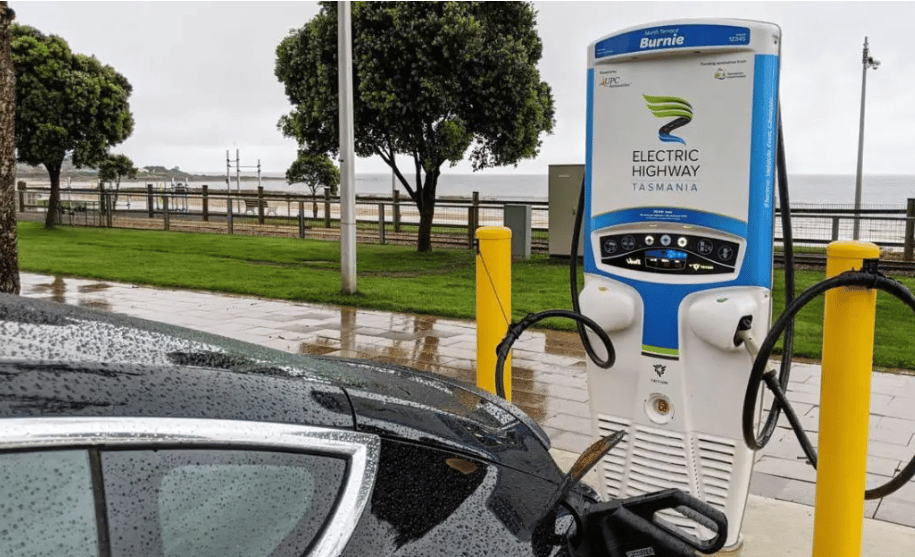
Tesla Superchargers
Tesla Superchargers are a network of DC fast charging stations exclusively available to Tesla drivers. The charging stations are located at Tesla service centers, stores, and other locations throughout Australia, with over 60 Supercharger stations currently in operation. Tesla Superchargers can charge a Tesla vehicle’s battery to 80% capacity in as little as 30 minutes.
Tesla Superchargers are free for Tesla drivers, but non-Tesla drivers cannot use the charging stations.
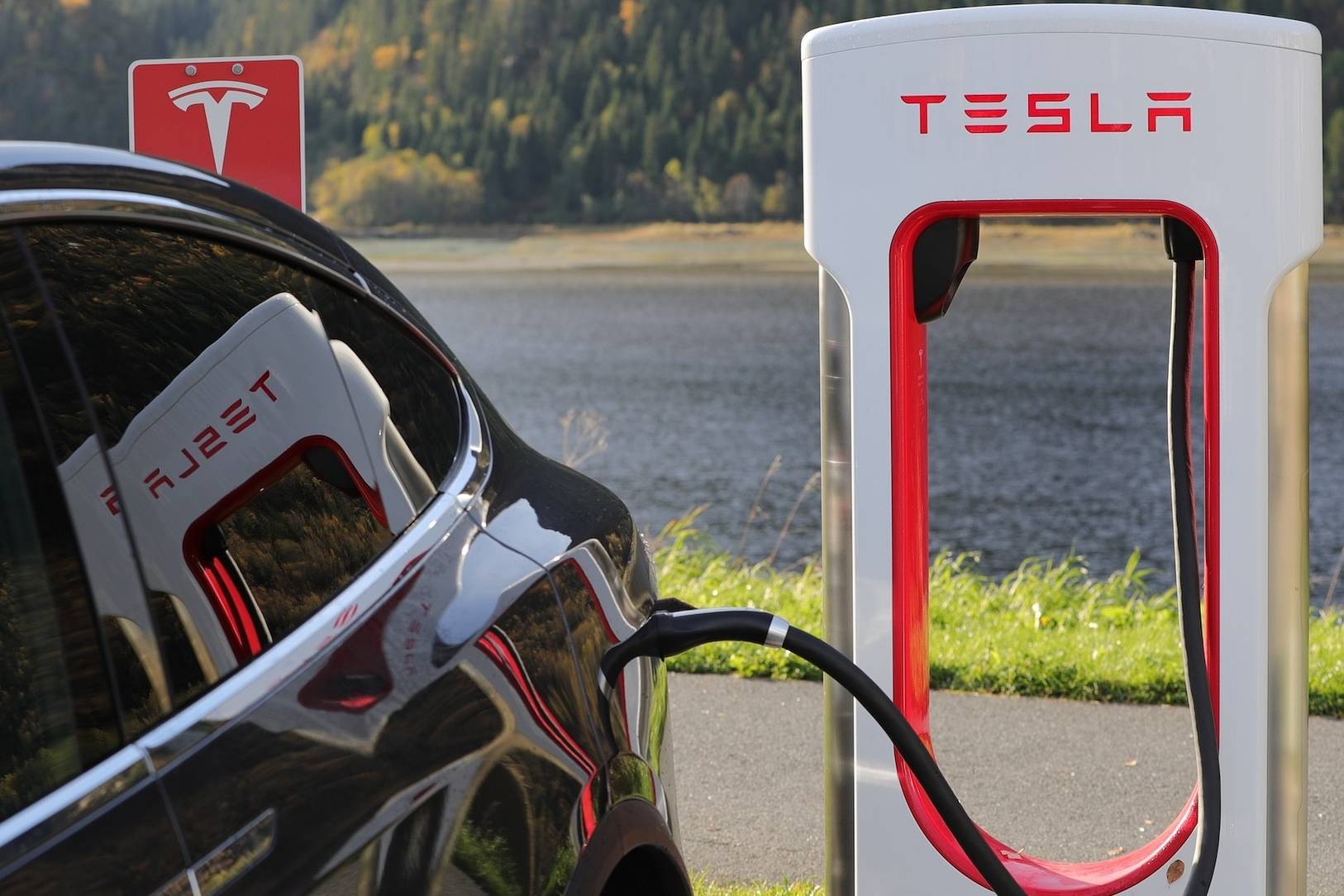
NRMA
NRMA is a motoring and transport organisation in Australia that operates a network of EV charging stations. The network currently has over 60 charging stations located in New South Wales and the Australian Capital Territory, with plans to expand to other states in the future. The charging stations are all level 2 and are free to use for NRMA members, with a pay-as-you-go option available for non-members.
NRMA also offers a mobile app that allows drivers to locate and navigate to the nearest charging station, view real-time charging status, and plan their trips with charging stops.
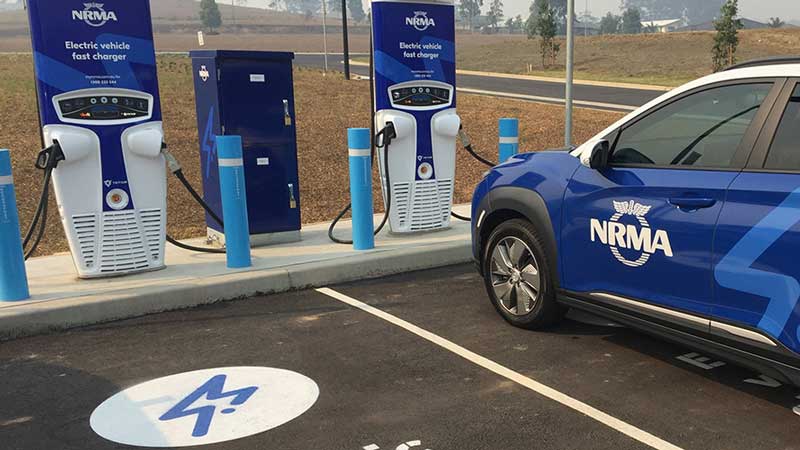
Electric vehicles - electric range and charging
Check out some battery electric vehicles (BEVs) currently available in Australia.
| Electric range, km (WLTP) | Electric range, km (Real) | Time to charge, hrs (7.4kW charger) | |
|---|---|---|---|
| BMW i7 ixDriver60 M Sp;ort G70 Auto AWD 4×4 (Sedan) 
| |||
| BMW i4 eDrive40 M Sport (Sedan) 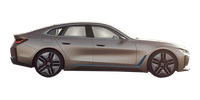
| |||
| BMW i4 M50 G26 (Sedan) 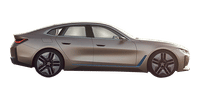
| |||
Volvo C40 Recharge Auto (SUV)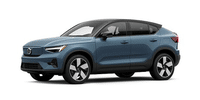
| |||
| Tesla Model 3 Performance (Sedan) 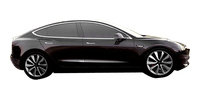
| |||
| Kia EV6 GT Line AWD Dual Motor (SUV) 
| |||
| Tesla Model Y Performance (SUV) 
| |||
| Cupra Born Auto MY23 (Hatchback) 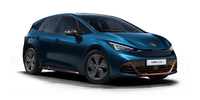
| |||
| Volvo XC40 Recharge Pure Electric Auto (SUV) 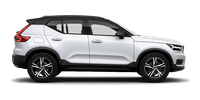
| |||
| Kia EV6 Air RWD RWD Single Motor (SUV) 
| |||
| Volvo C40 Recharge Twin Auto AWD Recharge Twin Auto AWD (SUV) 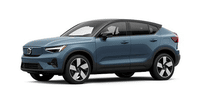
| |||
| Audi e-tron GT Auto quattro 4×4 (Sedan) 
| |||
Hyundai Kona Highlander (SUV)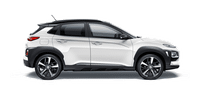
| |||
| Kia EV6 GT Line RWD Single Motor (SUV) 
| |||
| Mercedes-Benz EQA 350 4MATIC (SUV) 
| |||
Jaguar I-PACE EV400 SE (SUV)
| |||
Genesis GV60 EV AWD (SUV)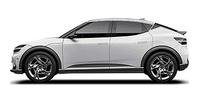
| |||
Polestar 2 Standard Range (Sedan)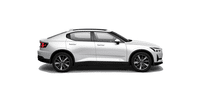
| |||
| BMW iX3 G08 (SUV) 
| |||
| BYD Atto 3 Superior Extended Range (SUV) 
| |||
| Lexus UX 300e (SUV) 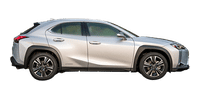
| |||
| Nissan Leaf e+ (Hatchback) 
| |||
| Hyundai Kona Elite (SUV) 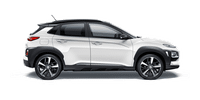
| |||
ZERO ZED70 (Utility)
| |||
MG ZS Excite (SUV)
| |||
| MINI Electric Classic (Hatchback) 
| |||
Mazda MX-30 E35 Astina (SUV)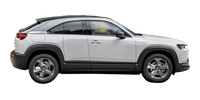
| |||
EV Automotive EC11 E-Cargo (Van)
|
As the popularity of electric vehicles continues to grow in Australia, the importance of a reliable and widespread charging network cannot be overstated. Fortunately, several charging networks are currently operating in Australia, offering a range of charging options and membership options for EV drivers. With more charging stations being added to these networks every day, it is becoming increasingly easy for EV drivers to travel long distances and recharge their vehicles.
Now is the right time to switch to Brisbane solar energy. We recommend seeking at least 3 solar quotes to ensure that you are getting the best deal and selecting the right solar installer in Brisbane whom you can trust. With this, you can guarantee a solar system in Brisbane that meets your energy needs.
Read more about electric vehicles
Are you ready to convert your next car to an electric vehicle (EV)? Schedule a test drive today!
Updated February 2023
Source&Images: NSW Government-Transport for NSW, CarsGuide, Drive, Driving Electric, Which Car?










